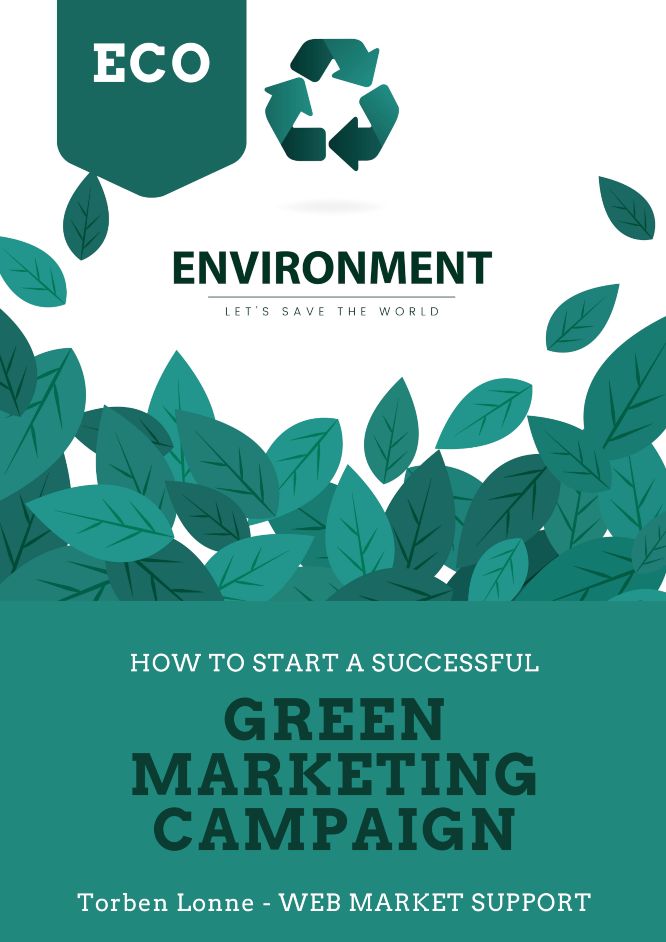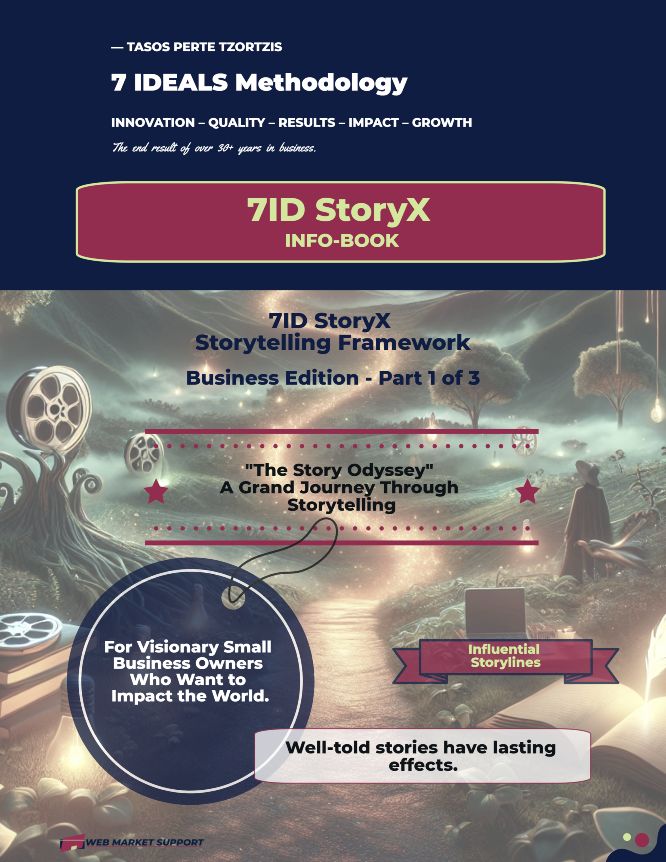In 2021, a whopping 32% of consumers are choosing to live a more sustainable lifestyle. Combine that with the 28% that no longer buys products that don’t align with their eco-friendly beliefs, and you’ve got a good idea about the significance of not only offering environmentally friendly products but also marketing them accordingly.
And while the appeal to adopt green principles is there, many companies tend to jump on this bandwagon without giving them too much thought. This often results in greenwashing and customers that are misled and disappointed in the company.
To avoid falling into the trap of trying to keep up with trends and rushing into meeting all the customer demands, take it one step at a time. Once you’ve established your selling point and committed to continuously adopting eco-friendly alternatives, you can start spreading the word about your sustainability efforts and be confident that your customers will stick around.
Here’s how you can go about putting together your green marketing campaign:
How To Start On Your Green Marketing Campaign
Illustration by rawpixel/freepik
#1 Connect your approach to sustainability to your company’s mission
Before declaring that you’re one of the most sustainable companies in the industry, make sure you can prove it. Not only should your green values be aligned with the environmental issues your target audience cares about the most but they should also be in harmony with the overall company mission.
If your brand takes pride in providing people with the freshest produce on the market, using the services of local farmers can be your unique selling proposition. You could also emphasize that you’re delivering it via energy-efficient vehicles that help reduce CO2 emissions.
%
Consumers that are choosing to live a more sustainable lifestyle in 2021
#2 Stay true to your sustainability message by making it a part of everything you do
Show don’t tell how dedicated you are to making environmentally friendly choices by striving to bring sustainability into all areas of business. From changing the packaging of your products for the recyclable kind to opting for digital advertising instead of print, there are plenty of ways to convey to your customers that you’re making an effort to be as sustainable as you can be.
It might be that you aren’t equipped to eliminate paper completely and are still dealing with production waste. This doesn’t automatically disqualify you from being known as an environmentally conscious company. All it does is remind the consumer that no brand can go fully green with the flip of a switch.
So be as transparent about the steps you’ve taken to minimize your carbon footprint and your customers will appreciate it.
%
Consumers that no longer buy products that don’t align with their eco-friendly beliefs
#3 Build an online (and an offline, if applicable) community of like-minded people
With 3.78 billion people worldwide using social media on a daily basis, it’s hard to imagine a world where a business could succeed without having an established community of followers. They can range from people you met at the networking event to those you’ve connected with at a Sunday market fair. No matter the place, it’s vital to keep the connections alive so that they could then transform into potential customers or long-term supporters.
A sure way to build a community of like-minded people is to nurture the relationships you’ve already created — online or in real life. Create consistent posts on your social media platforms, report about the new environmental principles you’re adopting, and send newsletters to those who’ve expressed an interest in your business at that charity event.
Over time you’ll be able to leverage them and even spend less on marketing your sustainability efforts.
Billions of people worldwide using social media on a daily basis
#4 Educate your customers on how to be more sustainable
No one’s going to purchase from you just because you claim to be the most eco-friendly company around. You need to explain why your green alternative is the best choice for your customers and what impact they’ll make on the environment if they choose it.
Take it from Rent the Runway and the stories they post on the company’s Instagram account that enlighten consumers about the positive change they’re making by deciding to rent clothes instead of purchasing them. Follow their footsteps and share studies and statistics with your customers; they might make them want to make the switch in your favor without too much persuasion from you.
#5 Back up your claims by getting involved in environmental charities
It’s one thing to be promoting your environmental efforts via a green marketing campaign and a completely different ball game to be getting involved in green causes. The second speaks volumes about your commitment to preserving the environment and showcases to what lengths your company is willing to go to ensure that global warming doesn’t become a bigger threat and rare species don’t go extinct.
You can take it a step further and involve your customers as well. They don’t necessarily need to make the donations themselves — they can make a contribution by being incentivized to buy from you and rest assured that a portion of their purchase will go to an environmental organization.
Wrapping up
All successful green marketing campaigns have one key element in common — they put their customers’ values first. This is easy to do when you know your target audience well and are thus able to cater to it without sacrificing the company’s integrity or profits.
Get straight on the sustainability practices you’re planning on incorporating and stick with them. This way you’ll be able to create campaigns that resonate with your customers and stay true to your green values at the same time.

Torben Lonne
Entrepreneur, Digital Marketing Geek
Torben Lonne is an entrepreneur, dad, scuba diver, and digital marketing geek. He is the co-founder of Divein, an online magazine for eco-friendly travelers. Torben likes to write on the topics within his specialty and has been featured in media publications such as The Washington Post, Dell Technologies, Business.com, and Greenpeace to name a few.

















0 Comments